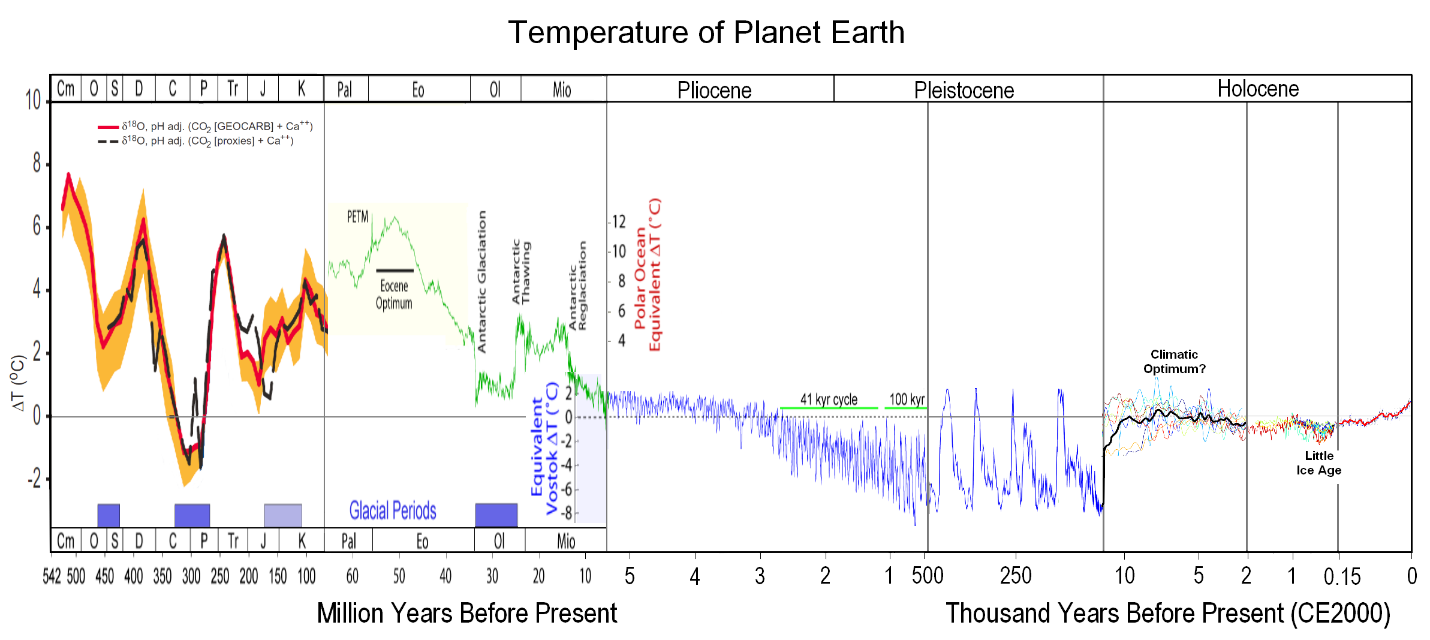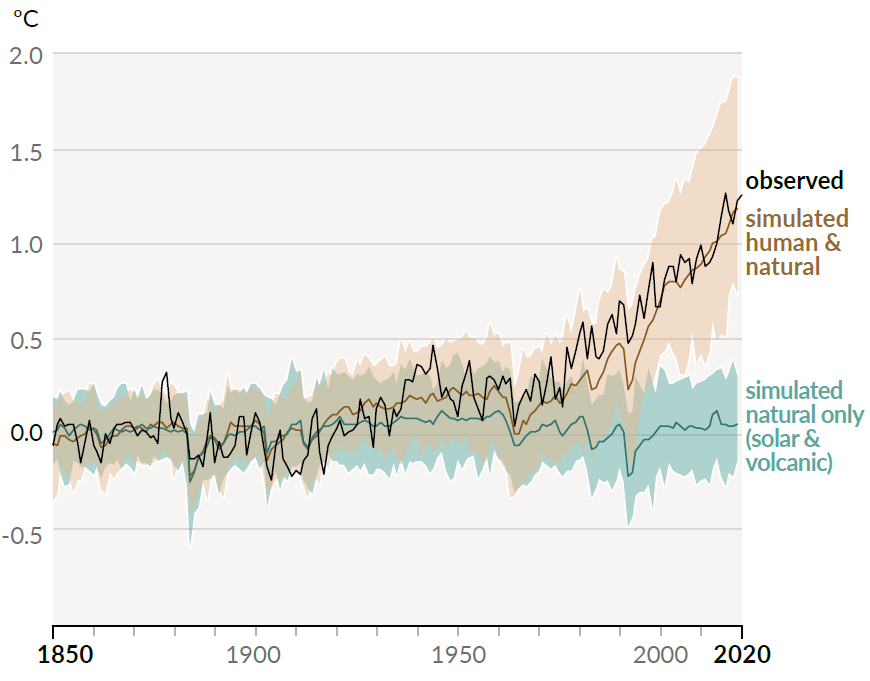Earth-snowball (I/III): a Christmas story about how volcanoes saved our planet from eternal winter


· 4 min read
This is part one of a three-part series on Earth's climate through time. You can find part two here and part three here.
Winter in the northern hemisphere is usually not hot. Frost, snow, blizzards, long nights, short days. Life slows down, in some places, it even comes to a standstill for several months before the arrival of spring. We know today, however, that there were times when winter came across the entire Earth and lasted for thousands of millennia.
One thing is certain about the climate: it changes all the time. I often repeat this phrase when starting a conversation about modern climate change. This story is a perfect illustration of this statement.
We live in an era of very rapid climate change. Average and extreme temperatures are rising, and the amount and intensity of precipitation, and the frequency of droughts, floods, and fires are changing. Sea levels are rising. Ecosystems are being transformed. But the climate has changed throughout the life of our planet, even before people began to influence it. There were epochs significantly warmer than the present when there was no ice on the Earth at all. There were also eras noticeably colder than modern ones.
Let’s look at a time when the Earth was colder than at the height of the last Ice Age.
By the way, on geological time scales we live in a relatively cool era. For most of Earth’s history, the climate has been substantially warmer.
Figure 1. Temperature anomaly (deviation from the modern value) throughout the Phanerozoic (last 542 million years)

The Phanerozoic is a geological eon in which traces of multicellular life are found everywhere in sedimentary rocks. Note that the time scale stretches as it approaches modern times. The average temperature of the pre-industrial period (about 1800–1850) is taken as the starting point on the ΔT scale. The change in the planet’s temperature in 2020 was already +1.1 °C relative to pre-industrial levels. For the Precambrian era (> 542 million years ago) there are no reliable temperature data. Glen Fergus / wikimedia commons / CC BY-SA 3.0
But first, let’s talk about why the climate is changing in general.
First, let’s look at interannual temperature variability. On any temperature graph, we will see temperature jumps from year to year, which look like random fluctuations. These are random fluctuations associated with the characteristics of atmospheric and oceanic circulation in a particular year.
Figure 2. Change in Earth’s average temperature from 1850 to 2020. Black curve — instrumental observations, red and blue curves — simulation results, respectively, with and without anthropogenic factors. AR6, IPCC

Then we look at the temperature curve from a little distance. On a scale of tens and hundreds of years, climate changes are relatively small and are mainly associated with fluctuations of another kind — solar and volcanic activity. The first determines the amount of heat that comes to the Earth from the Sun, the second is responsible for the amount of volcanic aerosol in the atmosphere, which reflects part of the solar heat into space.
This was the case in the pre-industrial era, but with the advent of man, the main climatic factor became a change in the heat balance of the planet due to the addition of greenhouse gases, primarily carbon dioxide (CO2) and methane, to the atmosphere.
Now let’s look at temperature fluctuations of thousands and hundreds of thousands of years. Here, the main driving force of climate change is smooth changes in the parameters of the Earth’s orbit — the so-called Milankovitch cycles — with periods of about 20, 40, 90, and 400 thousand years. These fluctuations cause relatively small changes in summer solar heat gain to the high latitudes of the northern hemisphere. These initially weak fluctuations are then amplified by complex feedback mechanisms, in which greenhouse gases again play a major role.
On a scale of millions and tens of millions of years, the main factors are tectonics, the location of the ocean and land, the configuration of sea currents, the intensity of volcanism, the relationship between the processes of mountain growth and their erosion (orogenesis and denudation), which determines the land topography.
And finally, over very long periods comparable to the age of the planet (hundreds of millions and billions of years), factors such as the luminosity of the Sun (which increases as our star ages), the concentration of the main gases of the atmosphere (in particular, oxygen, which once did not exist at all), the development of the biosphere, and so on.
Future Thought Leaders is a democratic space presenting the thoughts and opinions of rising Sustainability & Energy writers, their opinions do not necessarily represent those of illuminem.
illuminem briefings

Climate Change · Effects
illuminem briefings

Climate Change · Insurance
Gokul Shekar

Effects · Climate Change
Euronews

Effects · Climate Change
The Guardian

Effects · Climate Change
Al Jazeera

Effects · Climate Change